Skincare I’d Never Recommend (And What to Use Instead)
After years of deep-diving into skincare, you start to see the same patterns over and over. People walk in totally confused, holding a trendy product they saw online, and just want to know, “Does this stuff actually work?” My job isn’t just to fix skin issues; it’s to cut through the marketing hype and get back to what your skin truly needs.
In this article
- 1. That Watery Body Lotion for Super Dry Skin
- 2. Those Aggressive Black Peel-Off Masks
- 3. Relying on Sunscreen Sprays for Your Main Protection
- 4. Tanning Oils with Little to No SPF
- 5. Using Over-the-Counter Hydrocortisone on Your Face
- 6. Those Intense Acid Foot Peels
- 7. Coconut Oil as Your Go-To Face Moisturizer
- Inspirational Gallery with Photos
Honestly, this isn’t about calling out specific brands. It’s about understanding which types of products are just not set up for success. Some of the most popular items on the shelves are the ones I’m constantly telling friends and family to steer clear of. Let’s get into why some of these products often create more problems than they solve.
1. That Watery Body Lotion for Super Dry Skin
Okay, let’s clear this up right now: ‘lotion’ and ‘cream’ are not the same thing, especially when your skin is screaming for moisture. The difference is a game-changer.
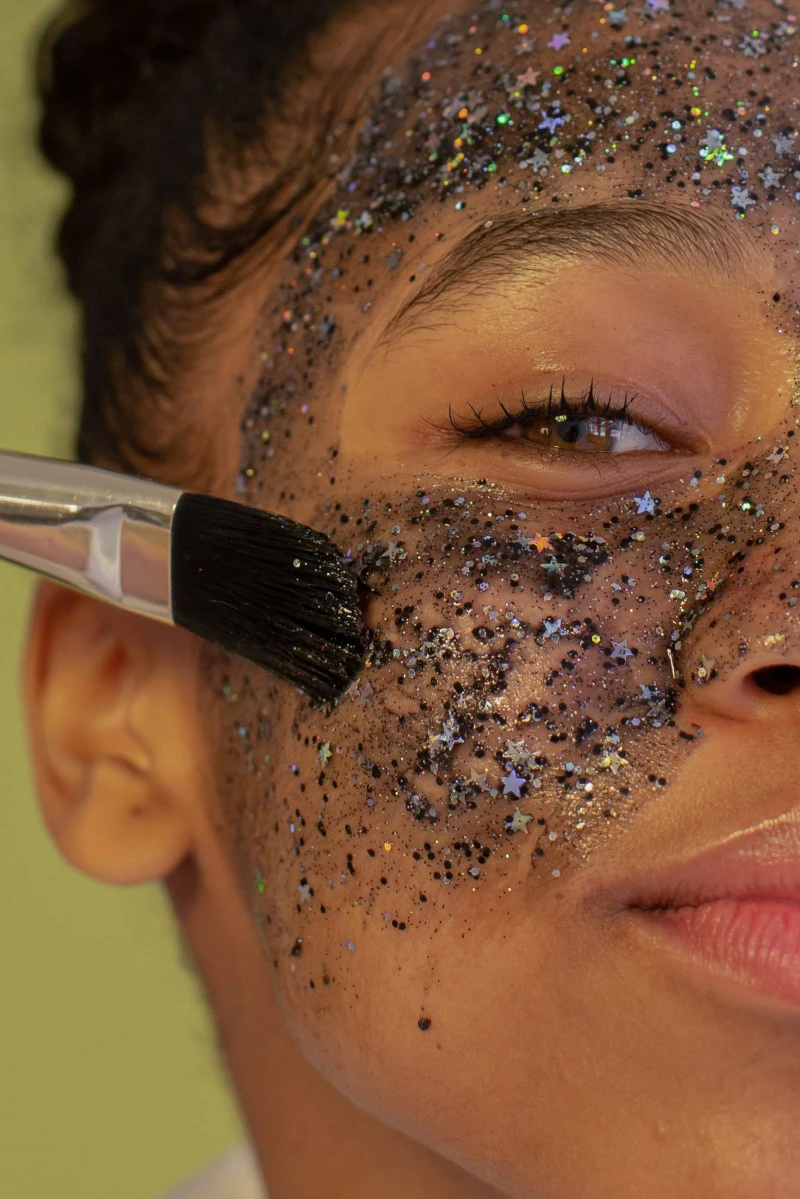
Here’s the deal. Lotions have a ton of water in them. They feel light and spread easily, which is nice for a second. But that water evaporates fast, and sometimes it can pull moisture from your skin along with it, leaving you even drier than before. It’s like a temporary fix that doesn’t solve the root problem.
Creams, on the other hand, have a much higher concentration of oils and lipids. They are thicker and create a protective layer on your skin that does two critical things: it locks in the moisture you already have and it replenishes the healthy fats your skin barrier is missing. Think of your skin barrier as a brick wall where skin cells are the bricks and natural fats are the mortar. For dry skin, that mortar is cracking. A lotion is like a light mist, but a cream is like applying fresh mortar.
What to use instead:
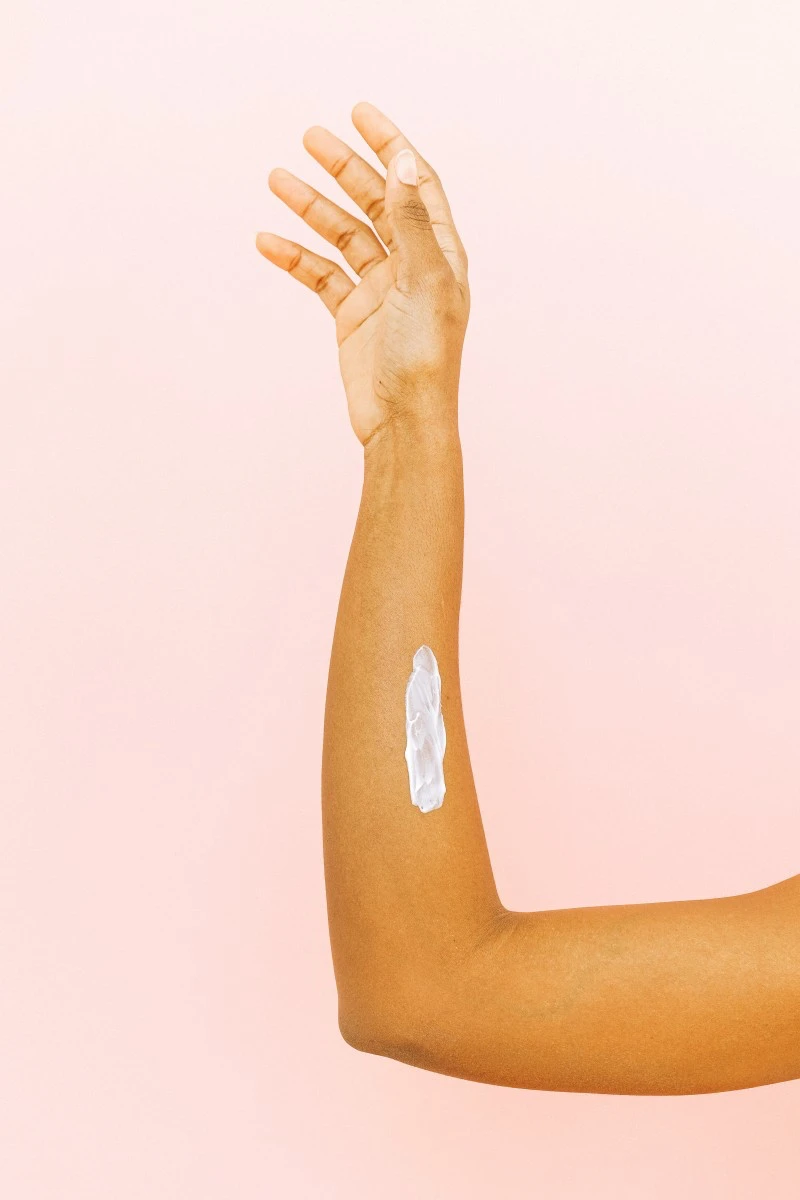
For truly dry skin or conditions like eczema, skip the lotions and go straight for products labeled ‘cream’ or ‘balm.’ And apply it right after you shower, when your skin is still a little damp, to trap all that good moisture.
A quick tip: You don’t need to spend a fortune. Some of the best, most effective products are sitting right there at the drugstore.
- CeraVe Moisturizing Cream: This is a cult classic for a reason. It’s packed with ceramides and hyaluronic acid and costs about $15-$18 for a huge tub.
- Vanicream Moisturizing Cream: If you have super sensitive skin, this is your hero. It’s free of dyes, fragrance, parabens—pretty much everything that could cause irritation. You can find it for around $13.
- Eucerin Advanced Repair Cream: This one is a workhorse for extremely dry, flaky skin, often containing urea to gently exfoliate while it hydrates. It’s usually about $12.
Oh, and a heads-up on fragrance: if your skin is already dry and compromised, adding fragrance is like pouring salt on the wound. Always go for fragrance-free on your body.
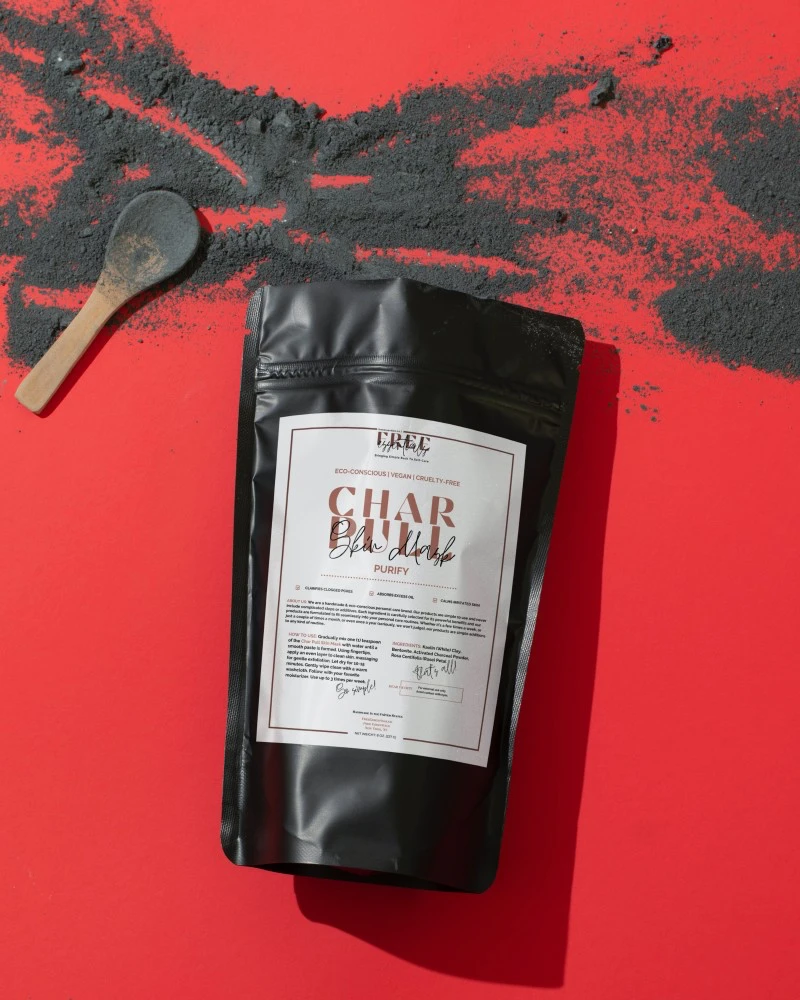
2. Those Aggressive Black Peel-Off Masks
I get it. There’s something so satisfying about peeling off a mask and seeing all the little specks of gunk. But what you’re actually seeing isn’t just blackheads, and the process can be pretty brutal for your skin.
When you rip one of those sticky masks off, you’re not just pulling out debris. You’re stripping away everything: the fine vellus hairs on your face, a layer of healthy skin cells, and all the natural oils that keep your skin’s protective barrier (the acid mantle) happy. The result? A traumatized, irritated surface that’s vulnerable to bacteria and breakouts. I’ve seen people develop crazy redness and sensitivity after just one use.
A better way to clear pores:
Think precision, not brute force. Instead of a peel-off mask that rips everything off, consider a gentle clay mask (with kaolin or bentonite) that you rinse off. It absorbs excess oil without the trauma.
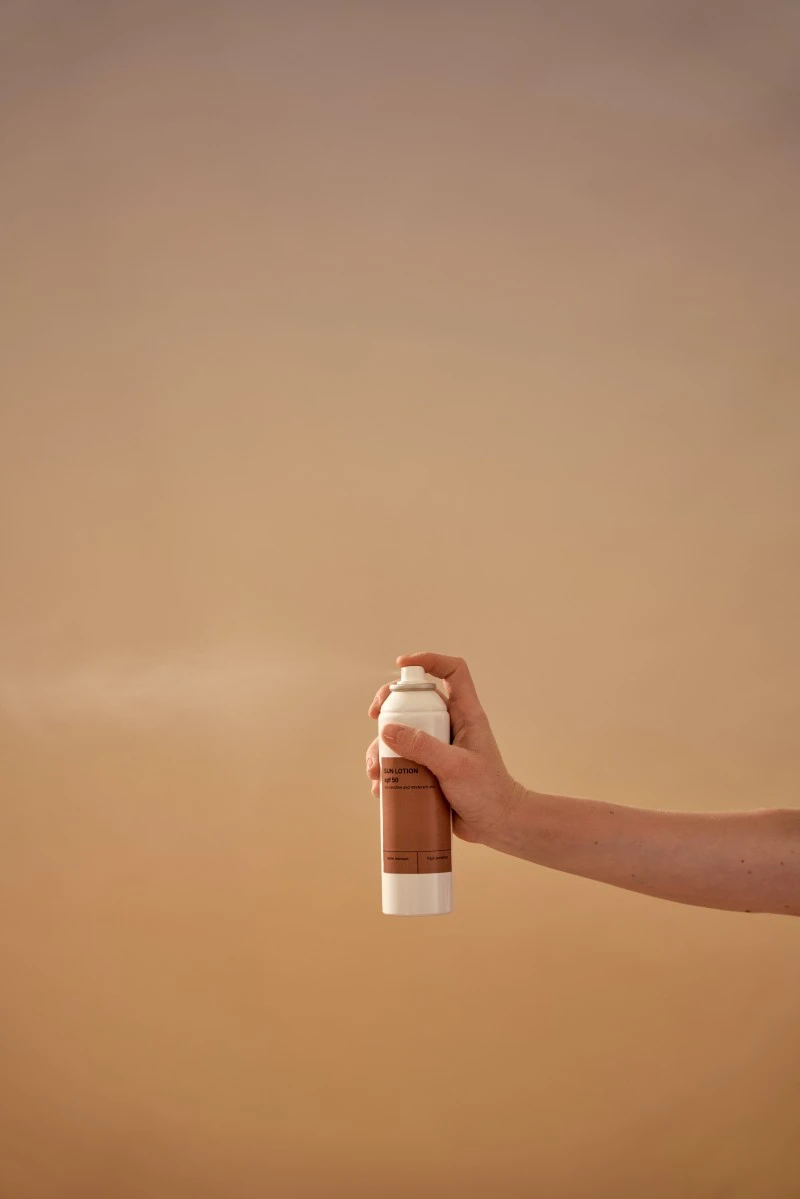
But the real pro move? Use an exfoliant that works inside the pore. A 2% salicylic acid (BHA) liquid is a fantastic choice. It’s oil-soluble, so it gets down into the pore and dissolves the mix of oil and dead skin gently. A common mistake is using it every day right away; start with just 2-3 nights a week to let your skin adjust. You’ll see way better results in the long run.
3. Relying on Sunscreen Sprays for Your Main Protection
Sunscreen sprays are convenient, no doubt. But I never recommend them for your first, primary application of the day. The risk of totally missing spots is just way too high.
To get the SPF on the label, you have to apply a surprisingly thick, even layer. When you use a spray, a good chunk of it gets carried away by the wind. You end up with a spotty, inconsistent application with big gaps in protection. I’ve talked to so many people who got burned even though they “used sunscreen,” and it almost always turns out they were just using a quick, one-and-done spray.
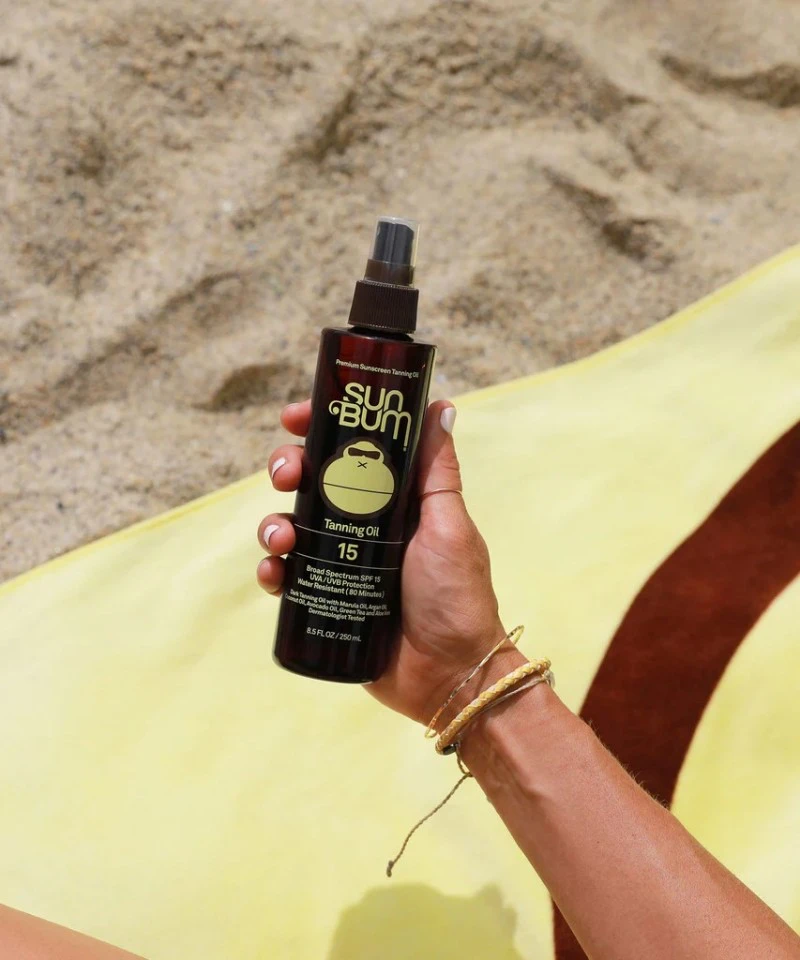
And another thing—spraying it near your face is a bad idea due to the risk of inhaling the particles. Not great.
How to use sprays safely:
I’m a realist, and sometimes a spray is your only option for reapplication on a squirmy kid or at the beach. If you have to use one, do it right. Hold the nozzle just an inch or two from the skin and spray until you see an even, glossy sheen. Then—and this is the most important part—rub it in thoroughly to ensure even coverage.
For your face, NEVER spray it directly. Spray a big puddle into your hands and apply it like a lotion. For your main application in the morning, always stick with a cream or lotion. A good rule of thumb for your face and neck is the “two-finger rule”—squeeze a line of sunscreen down your index and middle fingers. That’s about the right amount.
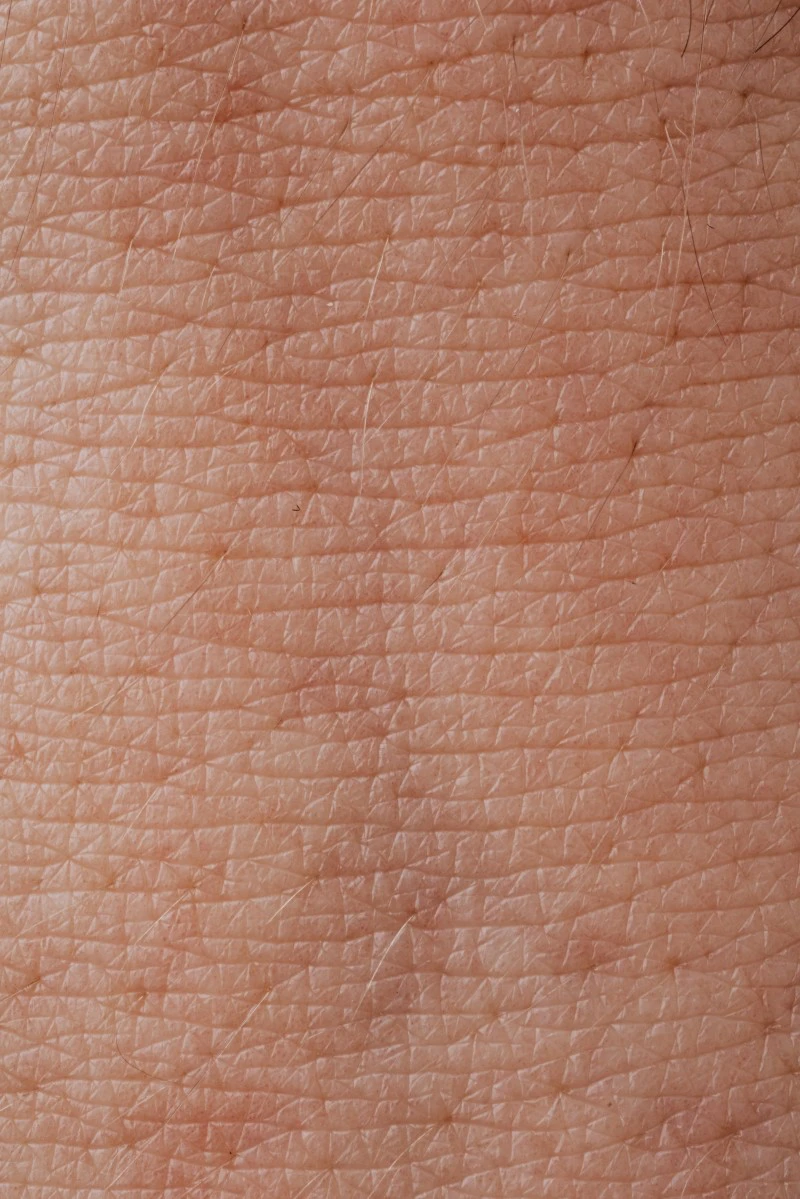
By the way, if you have oily skin and hate the feel of heavy sunscreens, look for formulas labeled “gel” or “fluid.” They provide great protection but feel much lighter on the skin.
4. Tanning Oils with Little to No SPF
This is probably the most dangerous product on this list. Tanning oils, especially those with an SPF of 15 or less, are something I wish I could just pull off the shelves myself.
Let’s be brutally honest: a tan is just visible evidence of DNA damage. When UV rays hit your skin, they injure your skin cells. As a defense mechanism, those cells produce more pigment (melanin) to try to protect themselves from more damage. That darkening is a trauma response.
Using a low-SPF tanning oil is like giving yourself a false sense of security. It might prevent the sting of a painful sunburn, but it lets in a massive amount of UVA and UVB radiation to do deep, silent damage. It’s essentially letting you cook your skin without the immediate alarm bell of a burn. This cumulative damage is directly linked to premature aging (wrinkles, sagging) and, most seriously, skin cancer.
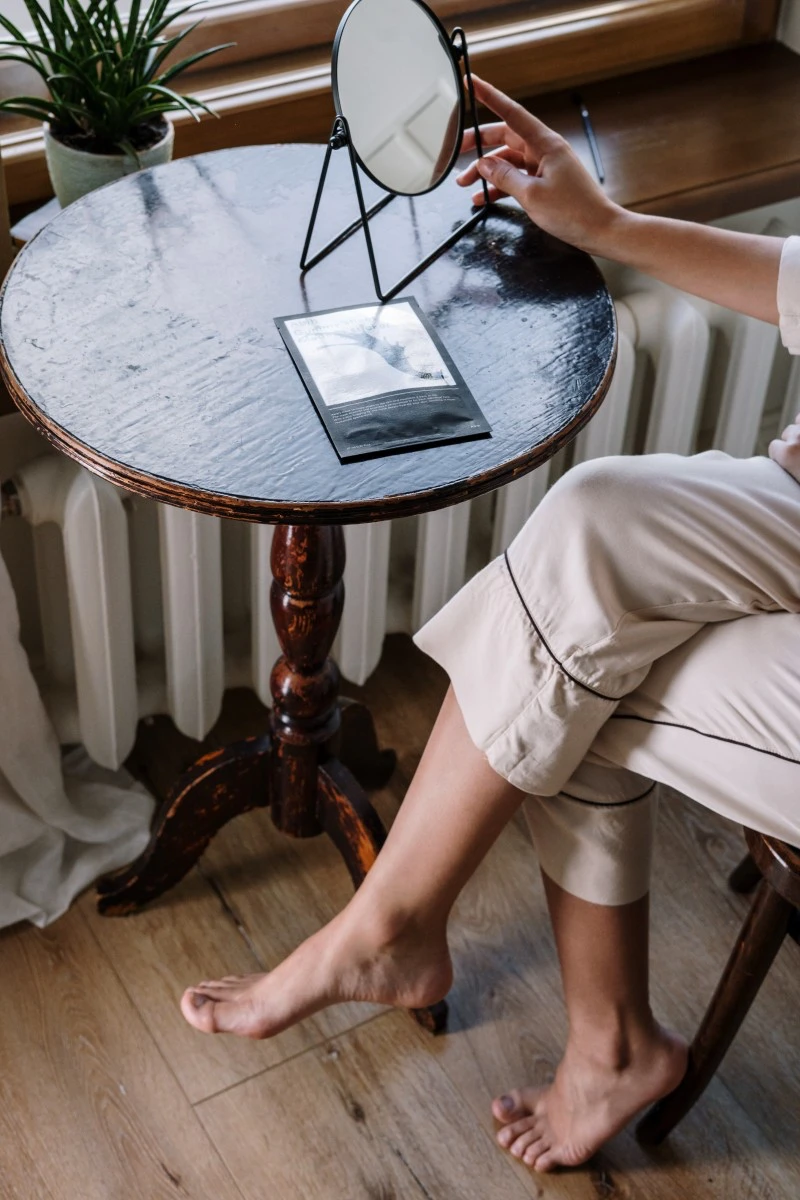
If you love a golden glow, the only safe way to get it is from a bottle. Modern sunless tanners with DHA are incredible and can give you a natural-looking color without any of the DNA damage. They simply react with the dead cells on the very surface of your skin. No trauma required.
5. Using Over-the-Counter Hydrocortisone on Your Face
Hydrocortisone 1% cream is a useful medicine when used correctly—for a bug bite or a small patch of eczema, for a few days. The problem is when people start using it as a regular skincare product.
It’s a steroid. It works by suppressing inflammation. But when used on the face for too long, it can cause some serious issues: skin thinning (atrophy), a specific type of acne, and a miserable rash of red bumps and pustules around the mouth and nose called perioral dermatitis.
I know it’s so tempting to dab a little on a big, angry pimple before a major event. Please don’t. While it might take the red down for a few hours, you risk rebound inflammation that makes it even worse, or you could trigger that awful rash.
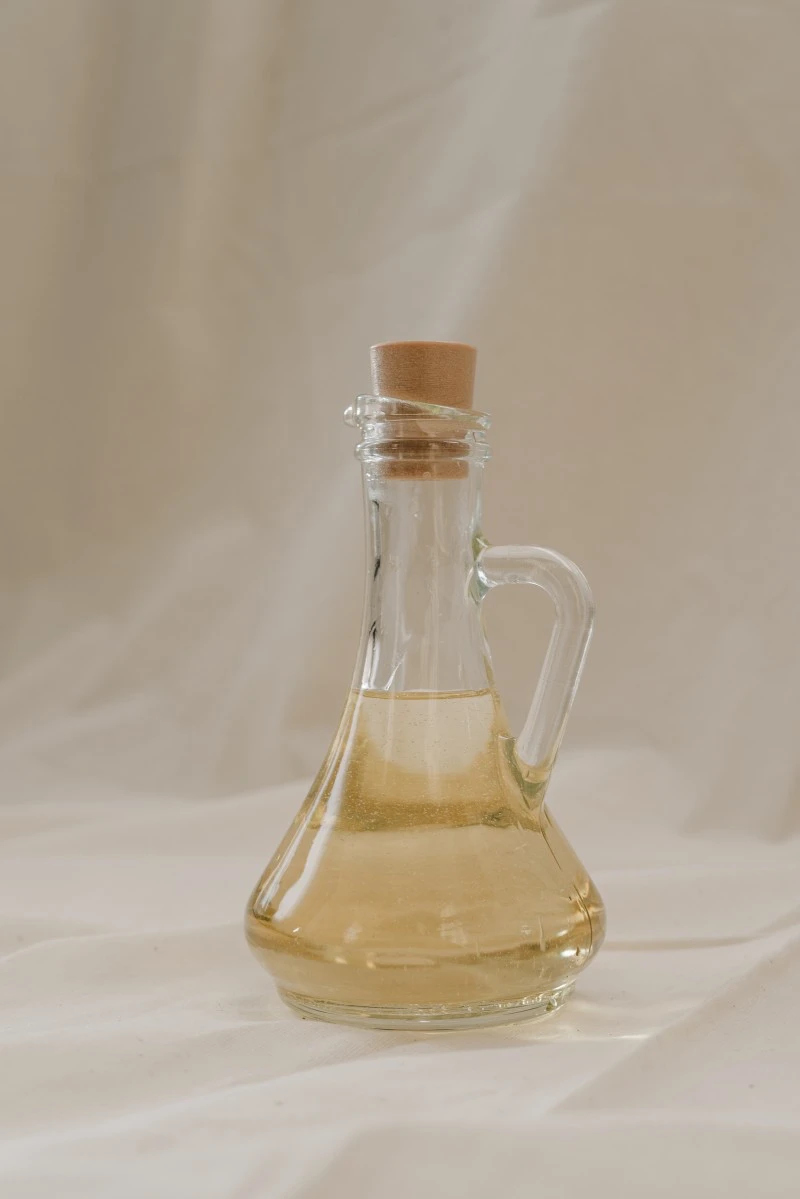
Think of it this way: it’s a medicine, not a cosmetic. Use it for a specific problem, on a tiny area, for less than two weeks. If a rash isn’t getting better after a week, it’s time to see a professional.
6. Those Intense Acid Foot Peels
The idea of your feet shedding skin like a snake might sound appealing if you have rough calluses, but those intense foot peel masks are often an uncontrolled chemical treatment that can go wrong.
They use a potent cocktail of acids to force that dramatic peeling. For people with diabetes, poor circulation, or any nerve damage, these are an absolute no-go. A small chemical burn or crack from the peel might go unnoticed and could develop into a serious infection or ulcer. It’s just not worth the risk.
A better, safer plan for smooth feet:
Consistent, gentle care beats a single, harsh treatment every time. Here’s a simple routine that actually works:

- Soak. Start by soaking your feet in warm water for about 15 minutes to soften everything up.
- File. Gently use a pumice stone or foot file on damp skin. Don’t go crazy; you’re aiming for gradual improvement, not removing it all in one go.
- Moisturize with actives. This is the key. Get a foot cream with ingredients like urea (look for 15-40%), ammonium lactate, or salicylic acid. These hydrate and gently break down thick skin over time.
- Lock it in. Apply the cream at night and pop on a pair of cotton socks to help it absorb while you sleep.
7. Coconut Oil as Your Go-To Face Moisturizer
Coconut oil is fantastic… for some things. It’s a great body moisturizer and a wonderful hair mask. But for your face? For most people, it’s a recipe for disaster.
In skincare, we talk about an ingredient’s comedogenic rating—basically, how likely it is to clog pores. On a scale of 0 to 5, coconut oil is a solid 4. It’s very likely to clog pores. I can’t tell you how many people I’ve seen who suddenly developed angry, painful acne, and the only new thing in their routine was using coconut oil on their face because they saw it recommended on social media.
If you love the feel of a facial oil, there are so many better options that won’t cause breakouts. Look for oils like squalane, argan oil, or rosehip seed oil. They give you all the moisturizing benefits without the high risk of clogged pores.
Navigating the skincare world is tough, but it gets easier when you focus on what your skin actually needs: gentle, consistent, and protective care. It’s all about respecting your skin’s biology instead of just chasing the latest trend. And if you’re ever really struggling, the best money you can spend is on a visit to a pro who can give you a plan that’s tailored just for you.
Inspirational Gallery with Photos
The Great Sunscreen Debate: Mineral vs. Chemical
Mineral (Physical) Sunscreen: Think of this as a physical shield. It uses ingredients like zinc oxide and titanium dioxide to sit on top of your skin and deflect UV rays. It’s often preferred for sensitive or acne-prone skin. Try EltaMD UV Clear SPF 46.
Chemical Sunscreen: This type absorbs into the skin, converting UV rays into heat and releasing them. The formulas are often lighter and more transparent, like Supergoop!’s Unseen Sunscreen. The best choice is simply the one you’ll happily wear every single day.
According to the Skin Cancer Foundation, an estimated 90% of skin aging is caused by the sun.
This single fact is why dermatologists consistently name sunscreen as the most crucial anti-aging product. It’s not just about preventing skin cancer; it’s about protecting collagen, preventing dark spots, and maintaining skin health. A great moisturizer can’t undo daily sun damage.
Don’t let your skincare routine stop at your jawline. The skin on your neck and chest (the décolletage) is thinner and has fewer oil glands, making it one of the first areas to show signs of aging. When applying your serums, moisturizers, and especially sunscreen, always extend the application down to your chest. Your future self will thank you.
- A surface that feels unusually tight or waxy.
- Redness and sensitivity to products that were once fine.
- A sudden increase in breakouts.
- Persistent flakiness despite moisturizing.
Sound familiar? You might be over-exfoliating. It’s easy to get carried away with powerful acids (like glycolic or salicylic) or physical scrubs. Cut back to once or twice a week and focus on hydration to help your skin barrier recover.
Important point: You can’t actually shrink your pores. Pore size is largely determined by genetics. However, you can make them appear smaller by keeping them clean. When pores get clogged with oil, dead skin cells, and debris, they stretch and look more prominent. A product with salicylic acid (a BHA) is excellent for dissolving that gunk and refining your skin’s texture.
Why did my expensive Vitamin C serum turn orange or brown?
That color change means it has oxidized. L-ascorbic acid, the most potent form of Vitamin C, is notoriously unstable and breaks down when exposed to light, air, and heat. Once oxidized, it’s no longer effective and can even cause irritation. To prevent this, look for serums in dark, opaque, air-tight pump bottles and store them in a cool, dark place—not your steamy bathroom counter.
Thinking that a makeup wipe is enough to clean your face at night is one of skincare’s biggest mistakes. Wipes primarily smear dirt, oil, and makeup around, leaving a significant amount of residue behind. What’s left on your skin?
- Clogged pores leading to breakouts.
- A film of irritating preservatives.
- A barrier that prevents your nighttime skincare from penetrating effectively.
Always follow up with a proper rinse-off cleanser, like the gentle La Roche-Posay Toleriane Hydrating Gentle Cleanser.
Never use pure lemon juice or a baking soda paste on your face.
This is a DIY
The next time you’re tempted by a complex, 10-step routine, remember the concept of










